The Best Bass Fishing Retrieval Methods for Different Lures & Conditions
Share this bass fishing article with every angler you know!
Did you know that the lures you use aren’t really what gets the bass to bite? They play a part in it, and using the right lure certainly helps increase your chances, but it comes down to how you present the lure.
As a community, we’re always focused on rigs and new lures that are coming out, but retrieval methods are just as important in creating a killer presentation.
Today, the team at BassForecast is going to go over a variety of the best bass fishing retrieval techniques for a variety of lures and conditions that the average fisherman deals with.
Get notified of new bass fishing articles, tips and tricks!
Newsletter Signup
What is a Retrieval and Why is it Crucial?
Some of you might be brand-new to the sport. So, we’re going to get some of the basic info out of the way first.
Experienced anglers already know what a retrieval method is and why it’s a crucial part of your presentation. If that’s you, feel free to skip to the next section.
Your retrieval method is what you do with the lure once you get it in the water. There are all kinds of retrieval methods, and most lures can work well with a variety of retrievals.
You can do straight retrieval, vary your speed, add pauses, or even just twitch it all the way back.
Typically, a retrieval method will work in a pattern. You don’t try to do all those things at random on a single cast. You’ll notice as we go through the various methods shortly.
Retrieval is an important skill to master because it creates the majority of the lure’s movement under the water.
A manufacturer can add features that increase realism or add a little action to boost your retrieval method’s effect, and rigs can add more to a lure’s presentation, but the way you work it through the water is the most important factor.
People catch big bass on homemade lures and other oddball things all the time.
That’s because they know how to present those odd lures properly, and it doesn’t matter that they’re not throwing the most realistic swimbaits or similar lures.
If you want to get good, you have to master a wide variety of retrieval methods.
Our Top Retrievals for Different Lures and Conditions
There are tons of different bass fishing retrieval techniques, and each one will perform differently depending on the lure you use and the conditions you’re dealing with.
Here are our favorite retrieval patterns and the situations we like to use them in to catch big bass.
1: Straight-Fast Retrieval
A straight and fast retrieval is the easiest method out there, and that’s why we’re going to start with it.
To do this one, you just chuck your lure to a spot that looks like it has some good bass, let it sink to the right depth, and then reel it in consistently.
Depending on the lure, you might not want to crank your reel too quickly. You can overpower the lure’s action and make it look weird in the water.
“Fast” in the fishing world usually just means you’re rotating the reel about once every second or two. You’re not trying to see how fast you can burn up the bearings.
We usually only use this one around late spring and early summer, or when we notice the bass are in a fast-paced feeding frenzy. They need to be pretty active for this to work.
The lures we use with this retrieval pattern are fairly limited. You have to use something that creates a lot of action while you reel it, and most lures rely on waves and gentle falls to really kick into action.
Paddletail swimbaits, inline rooster tail spinners, spinnerbaits, and crankbaits are what we love to use for a straight and fast retrieval. They generate plenty of action the faster you reel them in, and they get the bass to snap them up with ease.
This retrieval usually isn’t as good when the bass are more lethargic or huddling in one spot for the spawn.
You can easily adjust this one by slowing your retrieval speed down, too. If they’re not biting when they should be, try cutting your speed in half.
It will change the presentation from a baitfish speeding through the water to one that’s just casually swimming around.
2: Short Pauses on the Straight Retrieval
This is just a tweak to the straight retrieval, and it’s easy to pull off consistently. Instead of just reeling in the line continuously, you’ll reel for a bit, pause for a set duration, and then reel again.
Those sudden stops give the bass a chance to commit to the bite, and they really help catch stubborn bass without doing anything complicated.
It can also be useful in the slower seasons or when the bass are going through conditions that make them a bit more cautious than usual.
We mostly use this retrieval pattern with the same lures we use for a straight retrieval. Since most of the retrieval patterns create the same action, it just makes sense.
However, we occasionally use this for curly-tail grubs and even large or trick worms.
Suspending cranks and suspending jerkbaits are great for this. Since they suspend at the same depth you stop reeling at, you don’t have to worry about the pause messing with their placement.
For your timing, we recommend reeling for about ten feet, pausing for three seconds, and then reeling for ten more feet.
The exact timing for each part of the pattern can be tweaked to see what the fish want, but make sure to keep it consistent throughout the entire retrieval. If you want to switch it up, do it on your next cast.
3: Bottom Hops
Hopping the lure off the bottom is a crucial skill if you’re using pretty much anything designed for the bottom of the column. You simply can’t fish with some of the most effective lures without mastering them.
Luckily, it’s not too difficult.
First, we typically use this in muddier conditions and stained waters. It can be useful year-round if the water is right.
However, we recommend avoiding it in water with too many bottom hazards.
We’ve all been to a lake where the bottom feels like it’s covered in tree limbs and garbage, and no matter what type of rig you use, you’ll get caught up in that stuff. You’ll spend more time retying rigs than presenting your bait.
Texas rigged soft plastics of all types and jigs are what we use with this method.
The idea is to let the lure sink all the way to the bottom, let it settle for a moment, and then pop the rod tip to hop it across the bottom a few feet.
As it settles, you reel up the slack, but you don’t reel to the point that you move the lure anymore. You just do that until it makes its way back to shore.
This is great with craws, creature baits, worms, and basically anything that’s meant to represent an animal moving around near the bottom. Bait fish pecking at the bottom can also be mimicked with this setup.
4: Twitch in Place
This is one of the bass fishing retrieval techniques that we use very sparingly, but it can slay in specific situations.
It’s really simple. You get right over the spot, drop your lure to the depth you want, and then you just twitch it with gentle pops of your rod tip.
This makes the lure pop around in a confined space, and while it’s usually used for crappie, it can pull in big bass.
We like to use this in deep water when we know the bass are suspending. You don’t have to worry about making it weedless, doing any complicated patterns, etc.
When we use this retrieval, we’re typically using a wacky rigged Senko or a crappie tube. It’s not very useful with other lure types.
You can also cast this one out if you’re a bank angler. The issue is that the lure will move slightly toward you with each twitch, and you’ll have to reel up the slack.
If you’re able to get right over the spot, you can do this without worrying about it leaving its place.
It’s not useful in most bass fishing situations, but when the bass are suspending and you can get a boat over them, or you’re able to fish from a pier or dock with bass underneath it, it’s a great way to pull them out.
5: The Figure 8
This isn’t actually a retrieval pattern on its own. Instead, it’s a way to end your retrieval pattern that can get bass at the last minute.
This tip comes from musky fishing. It’s tradition to reel the lure all the way up to the bank or side of the boat, and before you lift it out, do a little figure 8 with the lure.
When you do that, it gives the trailing bass one last chance to commit to the bite.
You’d be surprised to find out how many times we’ve seen a bass lunge out of the rocky bank to snatch our lure at the end of a cast or suddenly inhale it when we didn’t even know a bass was trailing it.
6: Hop Off Structures
This retrieval method is another one that’s very specific to certain situations and lures, but it works wonders.
We love to use this with any lure that mimics a land animal. Mice, frogs, creature baits, snakes, and similar lures are all great for this. Even baby turtle lures work great.
This is usually used when the conditions are good for topwater frogs, mice, and similar floating lures.
Although you can use it to start your retrieval pattern with soft-plastic versions of those lures, too. It’s a great way to maximize the realism of your presentation.
To do it, you find a rock or a structural piece around the area you want to cast at. You cast your lure right onto that structure, let it sit, and then hop it into the water. Then, you use one of the other retrieval patterns we listed.
This mimics how those land animals normally get into the water. Bass know that’s how it works naturally, and that little hop into the water does get their attention.
Adjusting Retrieval Patterns to Match Conditions
The bass fishing retrieval techniques we mentioned are staples of the sport, but any experienced angler will tell you that no list is going to be comprehensive enough to handle every situation.
A lot of bass fishing comes down to your ability to read the bass and do what’s likely to make them bite. You will need to make adjustments to your lure choice, rig choice, and retrieval method.
With your retrieval method, it’s always best to make small adjustments before you completely change your approach.
Add a few seconds to your pause, reel a little faster or slower, let the lure sit at the bottom longer, etc. Those small changes can make a huge impact.
We like to choose an area to fish, pick our retrieval pattern, and then cast in a fanning motion with that pattern. We’ll use the same retrieval on each cast until we’ve covered the whole area. If we don’t get a bite, we change our retrieval pattern.
You do not want to get impatient and change your pattern every other cast.
Change Your Retrieval Pattern and Beat Your PB
An angler can realistically get by with very few lures in their tackle box, and you can realistically use just a couple of basic rigs successfully.
However, mastering a wide variety of bass fishing retrieval techniques is not optional. It’s a core skill. Master the ones we’ve listed, learn how to tweak them, and you’ll drag in big bass consistently.
Download our bass fishing app for practical tips, useful resources, and guidance to improve your skills!


.gif)
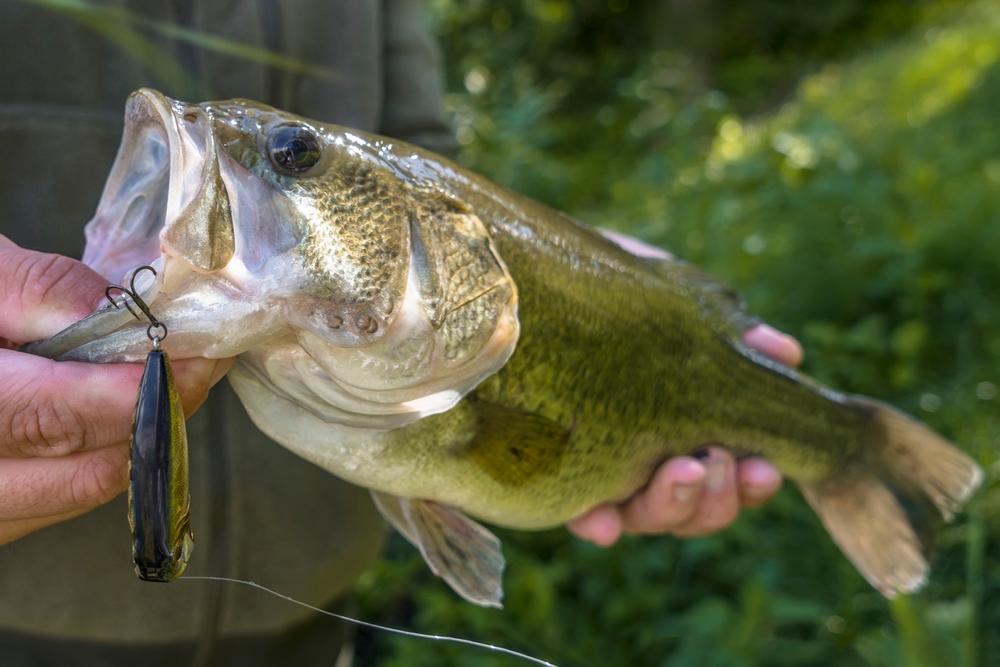
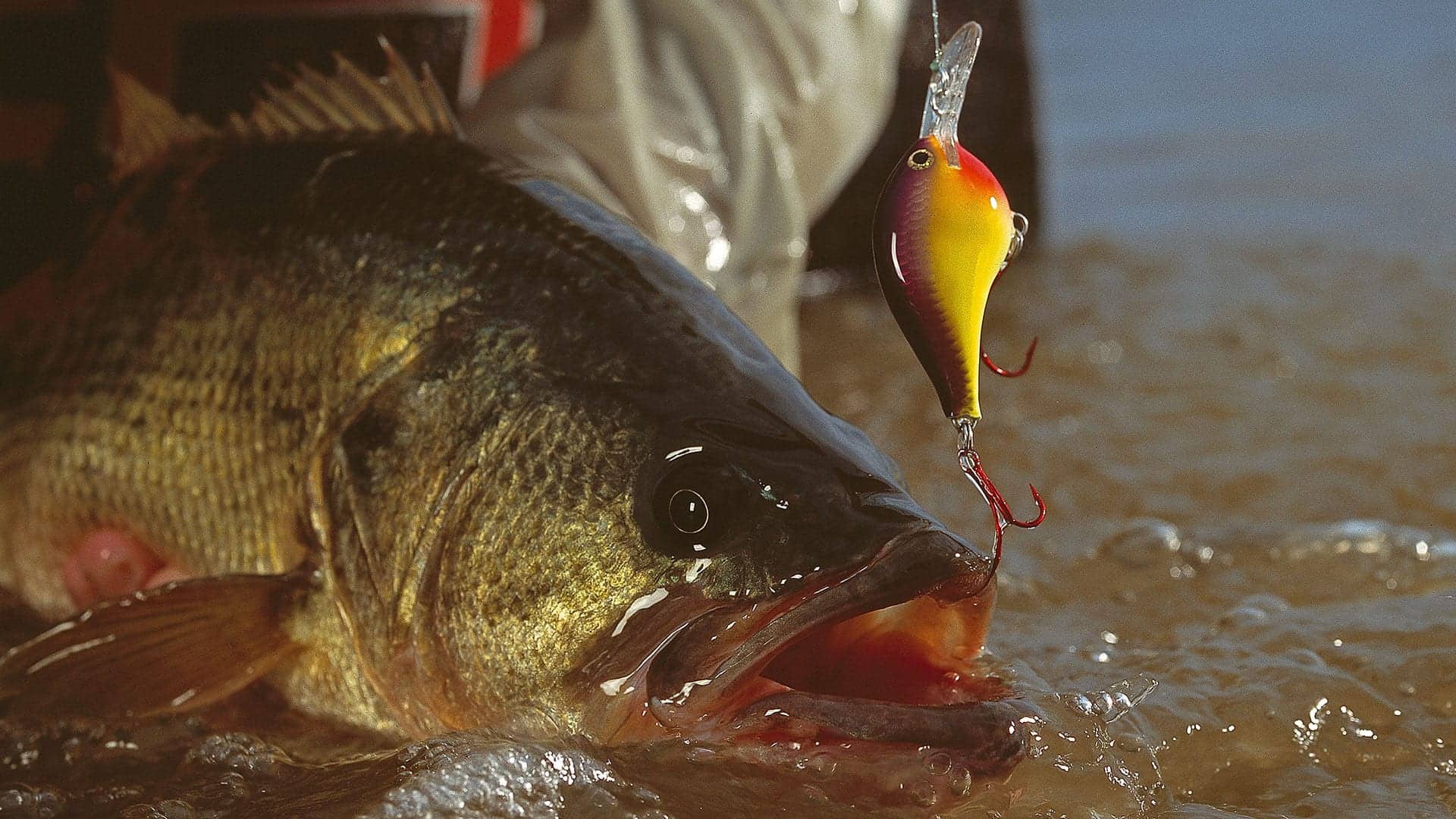
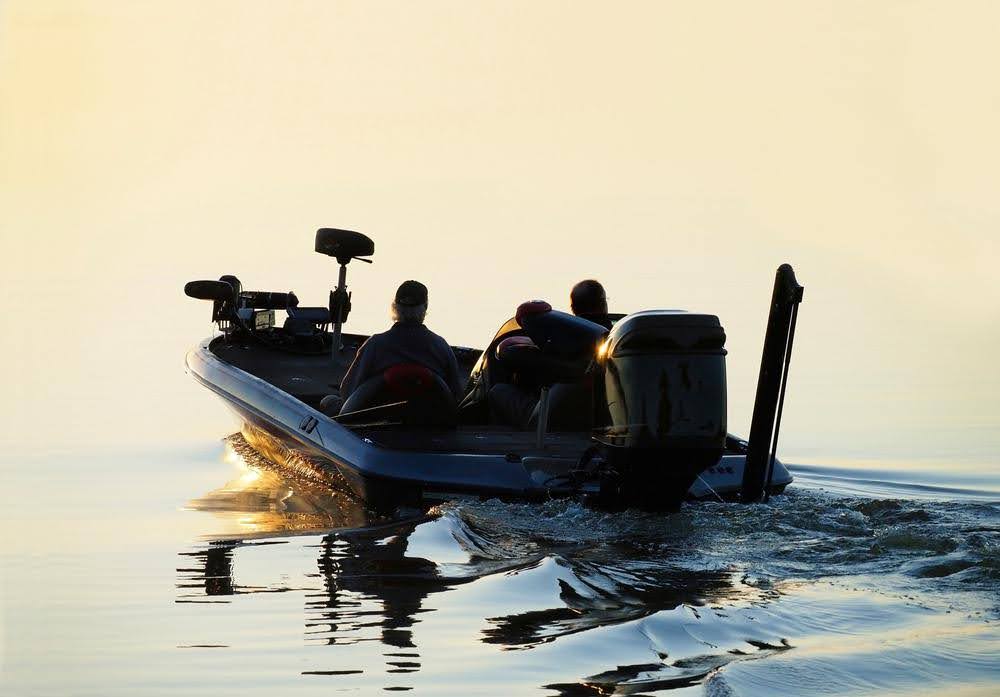
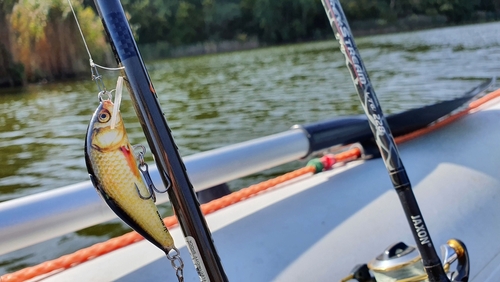
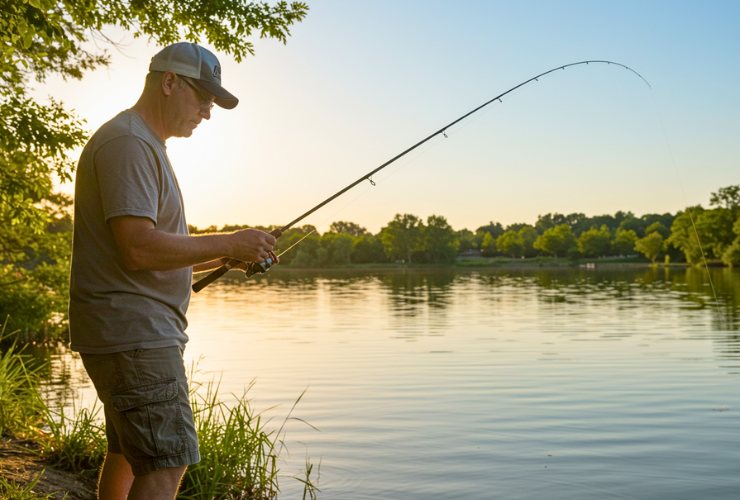
.png)
.png)